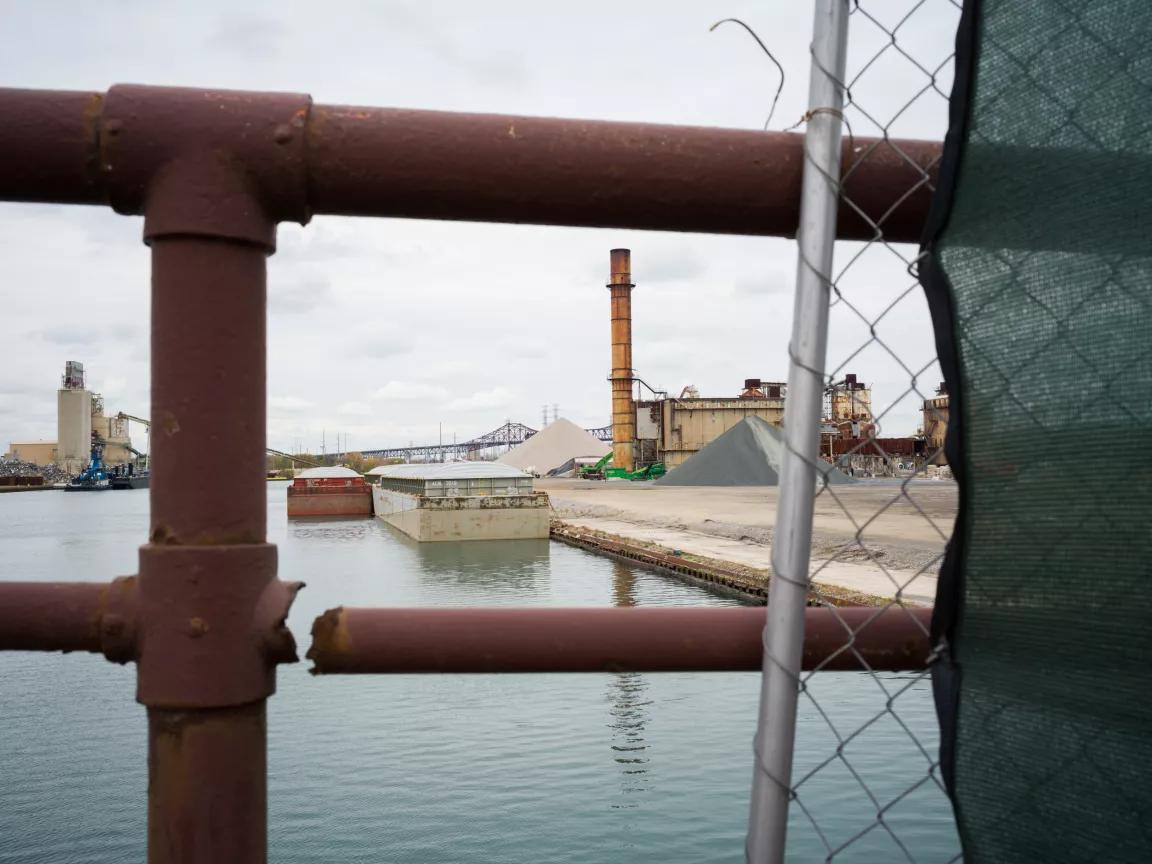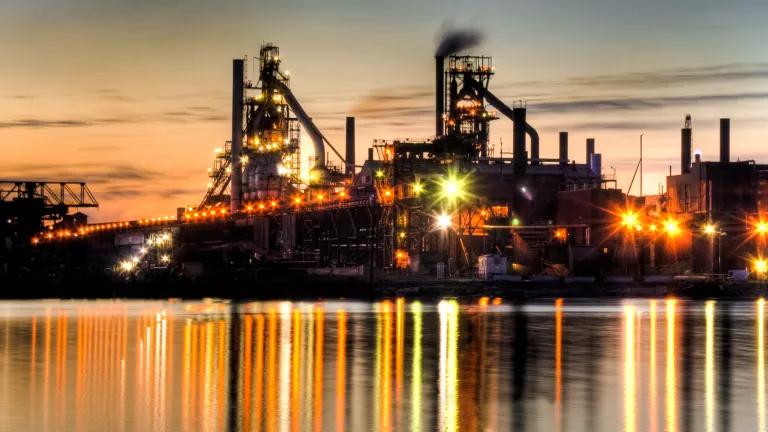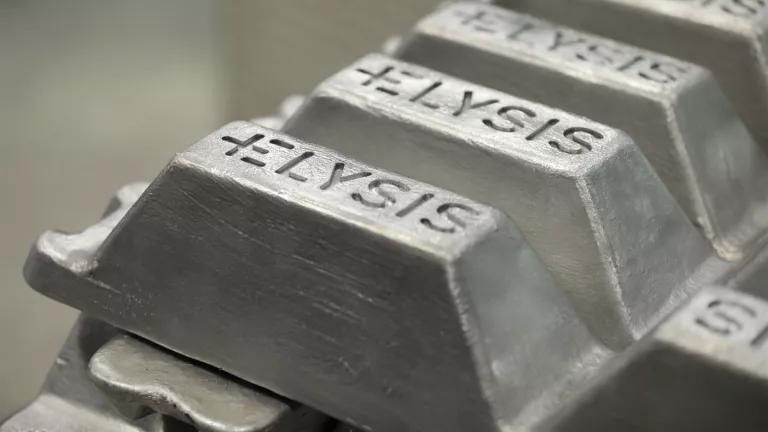
James Brey/Getty Images
Industrial Production
Overview
As with the power, transportation, and buildings sectors, decarbonizing industry is critical to achieving our climate goals—and a key opportunity to advance environmental justice. Most industrial emissions come from the production of a small set of carbon-intensive products, including basic chemicals, iron and steel, cement and concrete, aluminum, glass, and paper. Industrial facilities, which often cluster in low-income communities and communities of color, are also a major source of air and water pollution. Cleaning up this sector is a pressing climate and public health priority; it will also help spur economic development and create jobs for communities who urgently need them.
Solutions
We advocate for state, federal, and global climate investments in research and development, deployment of breakthrough technologies, and other reforms in key industrial sectors. Here are our current priorities:
Zero out emissions in the U.S. cement and concrete sector
Cement and concrete are critical to clean energy infrastructure, climate adaptation, and development. We support innovation that ensures cement and concrete makers—among the manufacturing sector’s most polluting industries—adapt to a clean future. We’re calling on state and federal leaders to include incentives in climate-related legislation that will encourage these businesses to make better use of existing energy efficiency measures, while also scaling up the deployment of new technologies like carbon capture, utilization, and storage. In California, we sponsored a law that puts the state’s cement industry on a path to net-zero emissions no later than 2045. We’re also advocating for the inclusion of low-carbon concrete and cement mandates in the federal Buy Clean Task Force that would extend to major infrastructure projects carried out by the U.S. Department of Transportation and other federal agencies. We are also seeking synergies with NRDC’s efforts to promote low-carbon cement and buildings in China.
Clean up the metals sector
As with cement, the federal government must support innovations that reduce the environmental impact of steel and aluminum production. We’re advocating for funding to help industrial manufacturers generate better data on their emissions. We’re also calling for direct investments to retool existing plants and build first-in-class plants that can produce ultra-low-emission steel and other materials using transformative technologies. Now is a crucial time to invest in the transformation of metals manufacturing, as the government carries out its Bipartisan Infrastructure Law, which will rely on the procurement of steel for bridge repairs and other purposes.
Did You Know?
Building materials are typically a small fraction of the costs of a total construction project, but are often responsible for the bulk of its greenhouse gas footprint.
Phase down HFCs around the globe
We’re working with nations under the U.N. Montreal Protocol to implement the Kigali Amendment, an agreement among more than 120 countries to phase down hydrofluorocarbons, or HFCs, the potent greenhouse gases used in air conditioning, insulating foam, and more. This includes advocating for the U.S. Environmental Protection Agency to uphold its duties under the agreement and ensuring that companies across the manufacturing and chemical sectors begin switching over to next-generation technologies in the products they make, sell, buy, and use. We also guide state-level updates on regulations, incentives, and building codes that ensure a transition to climate-friendlier HFC alternatives. In India, our team is producing groundbreaking technical research on how the country can phase down HFCs to help support policymakers as they build a national strategy for meeting India’s commitment to the Kigali Amendment.
Advance zero-emissions, green hydrogen
Zero-emissions green hydrogen could play a pivotal role in supporting the deep decarbonization of the U.S. and world economy. However, we must take care not to turn it into a climate problem by deploying it as a solution where it is more costly and less efficient than other technologies (for example, to fuel our cars or heat our buildings). With this in mind, NRDC is pushing the U.S. Department of Energy to identify and advance the use cases that hydrogen is best suited to decarbonize, such as steelmaking, maritime shipping, and aviation. We are also working with key ministries in India to develop catalytic financial tools to help the country support green hydrogen.
“Because industrial decarbonization is being driven by technologies that exist today, we can invest now to cut emissions at our factories and help them make the low-carbon industrial products the United States and the world will increasingly rely on.”
Sasha Stashwick, director, industrial policy, Climate & Clean Energy Program
Progress
- Several U.S. states are making strides toward ramping up investment, development, and procurement of low-carbon concrete for use in public works and other infrastructure projects. In California, NRDC is sponsoring legislation to add concrete to the existing Buy Clean program. We also helped pass the Low-Embodied-Carbon Concrete Leadership Act in 2021 in New York (significant progress given New York City’s reputation as “the concrete jungle”). The law serves as a model for other states and the federal government to follow and build upon. Colorado and New Jersey are considering similar legislation.
- China and India have ratified the Kigali Amendment to the Montreal Protocol, which has globally significant climate implications: The global shift away from HFCs is expected to avoid close to 0.5 degrees Celsius of warming by the end of this century, and HFCs from China and India, where demand for air-conditioning is skyrocketing, represent a significant share.
- Enacted at the end of 2020, the American Innovation and Manufacturing Act mandates an economy-wide 85 percent phasedown in HFC supply over the next 15 years—the same schedule the United States must follow under the Kigali Amendment. Climate-friendlier alternatives are already taking HFCs’ place, steadily and surely.
More Ways to Make an Impact
Latest News & Resources
A Republican House majority means our clean energy progress could be threatened.
Don't let them stop the momentum in enacting game-changing climate action now!
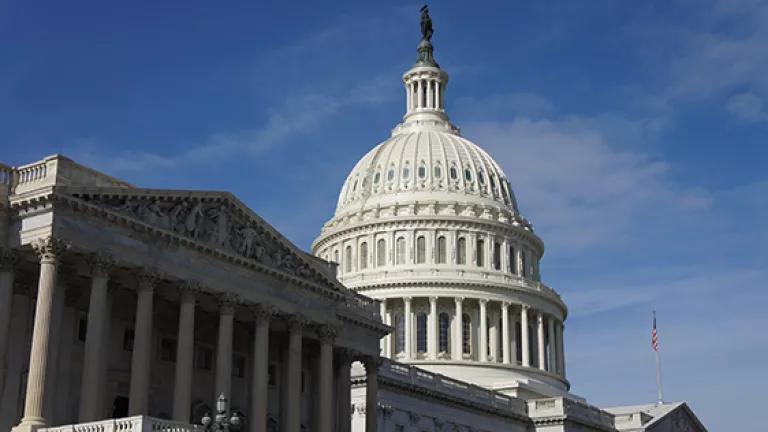
Tell President Biden and Congress to prioritize our climate future in 2023
View All Issues
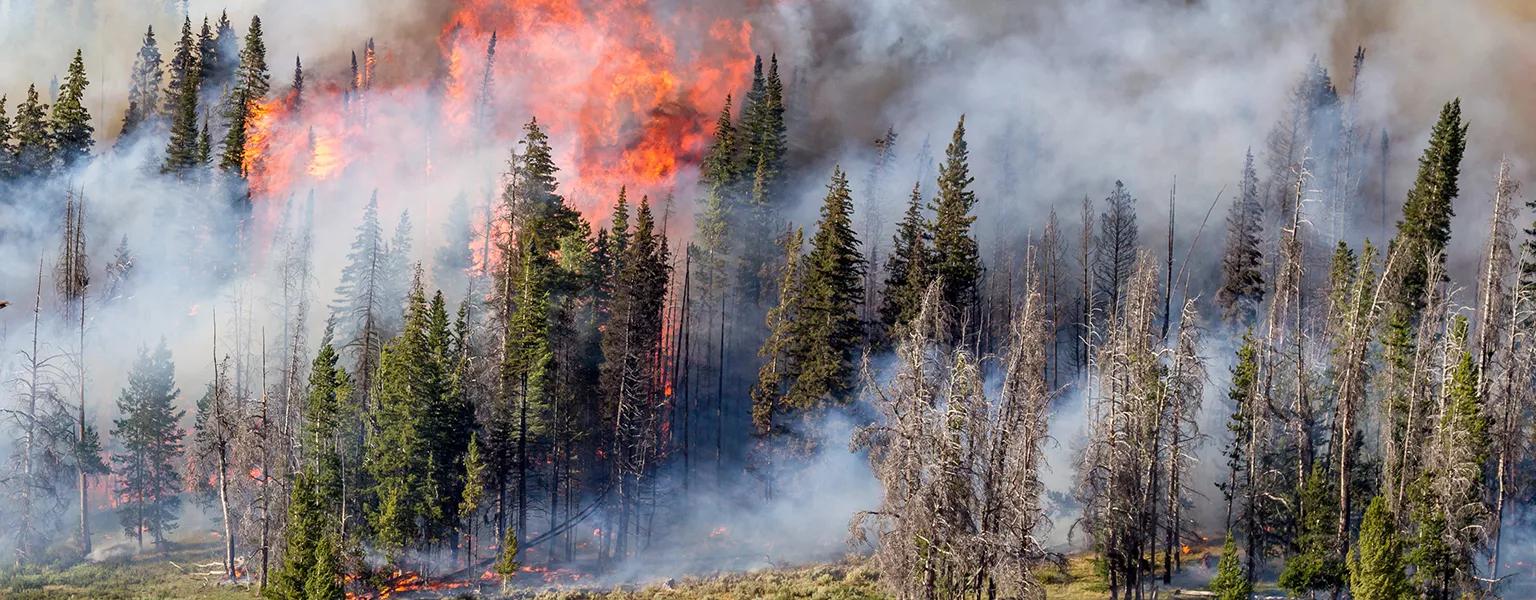
Climate Change

Equity & Justice

Human Health

